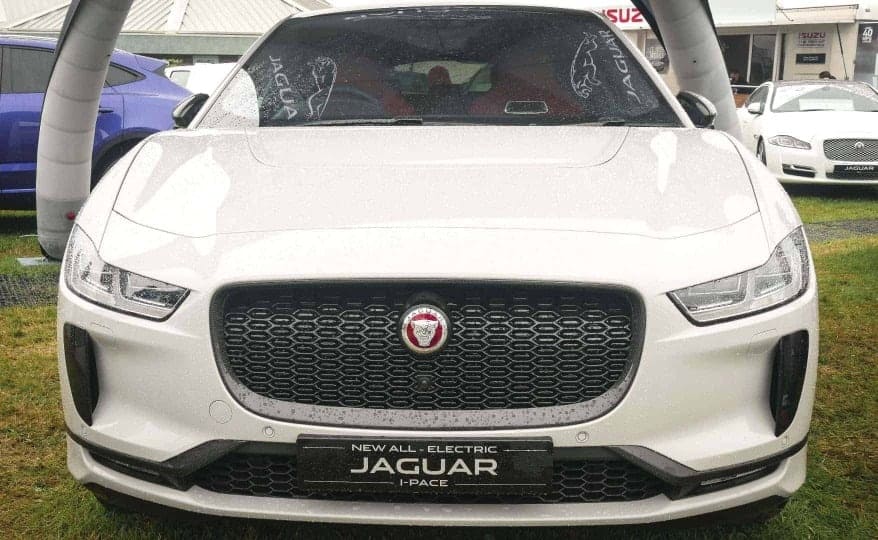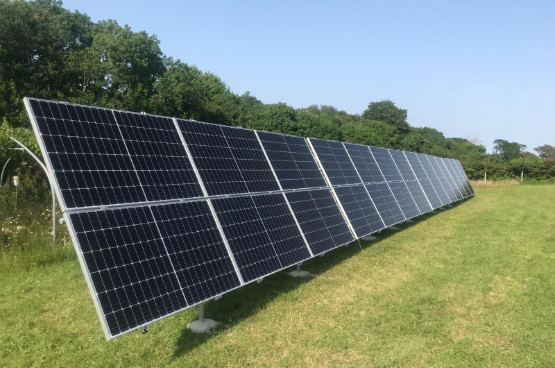The current electric vehicle climate
Demand for electric vehicles (EVs) is growing rapidly. In 2018 there is estimated to be over 160,000 of them in the UK, and it’s predicted that by 2040, 55% of all new car sales worldwide will be EVs. With Tesla leading the way in the electric car realm – with the Model 3 to be released in 2019 – other car manufacturers are swiftly following suit. Jaguar, for instance, released their first electric car this year, the I-Pace.
With the practical drawback of range being a major factor in the EV’s slow climb to popularity, advancements in battery technology are beginning to put this issue to rest. Jaguar’s I-Pace can travel almost 300 miles between charges, making it a much more feasible option than electric cars of a few years ago. It looks like there’ll be more of this to come too, as Jaguar have pledged to stop manufacturing cars that are solely powered by internal combustion engines by 2020. This decision, and a similar one made by Volvo, may have been prompted by pressures from governments (including British and French) who have committed to ban the sale of petrol and diesel cars by 2040.
For these reasons, within the next 20 years we could see an explosion of EVs on our roads as they become our green transport solution. And why shouldn’t they? A zero-carbon emission vehicle sounds like the perfect answer to climate change and air pollution problems. But this story may not be as simple as it first appears.
The pitfalls of electric vehicles
It’s true that fully-electric vehicles emit no tailpipe pollutants, but unless you can charge your car from a renewable supply it will be charged from the national grid, which isn’t 100% green. What’s more, the manufacturing process uses large quantities of electricity and water, sometimes even in excess of the levels needed for non-electric vehicles, due to the battery production. Batteries pose other problems too. Rare metals such as cobalt are required for their construction, and these can be very inefficient to mine. Then there’s the question of how we should dispose of old batteries.
Are there better alternatives?
Many alternative power sources have been explored including engine air compressors, biofuel, ammonia, formic acid, liquid nitrogen and hydrogen fuelled vehicles, each of which has their own drawbacks. Hydrogen vehicles are perhaps seen as the main contender to EVs and have received a great deal of attention and funding in recent years. However, they have also been widely criticised for being one of the least efficient, most expensive ways of reducing greenhouse gases. It may even be that they are a distraction from the more readily available solutions to reducing fossil fuels in vehicles, such as EVs. Currently, humankind is unable to produce 100% carbon-free transport, but electric vehicles are a metaphorical mile ahead of any alternatives in terms of being a realistic solution to our transport needs.
Is electricity cleaner than petrol or diesel?
Charging your car directly from the national grid may not be as bad as it sounds. It’s not as if you’re getting your energy directly from a coal power plant after all. Your car will actually be charged from the mix of energies that make up the national grid’s power supply, of which coal is only a very small percent. The energy mix of the British national grid is roughly this: 40% natural gas, 30% renewables, 21% nuclear, 7% coal and 2% other. So, almost a third of this mix is renewable energy – with the percentage set only to increase – and a large proportion is natural gas. Despite being a fossil fuel, natural gas actually produces more energy per carbon emission than either petrol or diesel, making it a lesser pollutant. So charging your vehicle from a mains power supply, although not entirely green, is still cleaner than pumping it full of petrol or diesel (and it’s cheaper too). There are also ways to make your car’s energy greener. You can opt for a fully renewable energy tariff at home, and you can find renewable car charge points.
Is battery manufacturing a problem?
Another problem with electric vehicles is the quantity of resources it takes to manufacture their batteries. But instead of looking at the emissions produced during their production, we must instead consider the total emissions of an electric vehicle from cradle to grave. One study has found that “electric cars emit significantly less greenhouse gases over their lifetimes than diesel engines, even when they are powered by the most carbon intensive energy.” The study went on further to explain that as more renewables enter the grid, and battery technology improves, emissions from their production could be cut by as much as 65%.
What should we do with old batteries?
Finally, with an increase in electric vehicles hitting the road, an effective battery recycling solution will be called for. One option is to use old car batteries as energy storage in the home. They will be cheaper than brand-new batteries, but they will still have ample capacity for household use. Alternatively, batteries will need to be recycled. A small number of companies have the technology to do this today, but Tesla have pledged to improve their battery recycling capabilities to meet future demands for this service. Today they are working with Umicore, in Europe, to recycle their battery packs. Tesla states that: “the Umicore battery recycling technology is able to save at least 70 percent on CO2 emissions at the recovery and refining of these valuable metals.”
SunGift’s electric fleet
At SunGift we understand the importance of electric vehicles in the fight against climate change, so we are making the transition to a fully electric fleet of vehicles. To aid this changeover, we have recently installed 3 new electric charging ports at our office that power our cars with the solar energy we produce. We now have 4 charge points to power our 4 plug-in electric vehicles.
It looks as if electric vehicles could be one of our best shots at a green transport solution. The technology is still in its infancy and has a way to go in making it a truly viable option for the future, but an increasing demand for electric vehicles will put pressure on manufacturers to advance the technology further still.
Resources
Impact of electric vehicles:
Location of EV charging points:
Local air pollution forecast (UK):

 Solar PV Contractor of the Year 2024
Solar PV Contractor of the Year 2024
